
Deutsch-Chinesische Enzyklopädie, 德汉百科
 Brasilien
Brasilien
 Arturs Krišjānis Kariņš
Arturs Krišjānis Kariņš
 Belgien
Belgien
 Brasilien
Brasilien
 Charles Michel
Charles Michel
 Chile
Chile
 Emmanuel Macron
Emmanuel Macron

 Europäische Union
Europäische Union
 Gitanas Nausėda
Gitanas Nausėda
 Karl Nehammer
Karl Nehammer
 Klaus Johannis
Klaus Johannis
 Kyriakos Mitsotakis
Kyriakos Mitsotakis

 Madrid
Madrid
 Mark Rutte
Mark Rutte
 Mette Frederiksen
Mette Frederiksen
 Mexiko
Mexiko
 Nikolaj Denkow
Nikolaj Denkow
 Olaf Scholz
Olaf Scholz
 Österreich
Österreich

 Parteien und Regierung
Parteien und Regierung
 Pedro Sánchez
Pedro Sánchez
 Peru
Peru
 Petr Fiala
Petr Fiala
 Rio de Janeiro
Rio de Janeiro
 Spanien
Spanien
 Ulf Kristersson
Ulf Kristersson
 Ursula von der Leyen
Ursula von der Leyen
 Viktor Orbán
Viktor Orbán

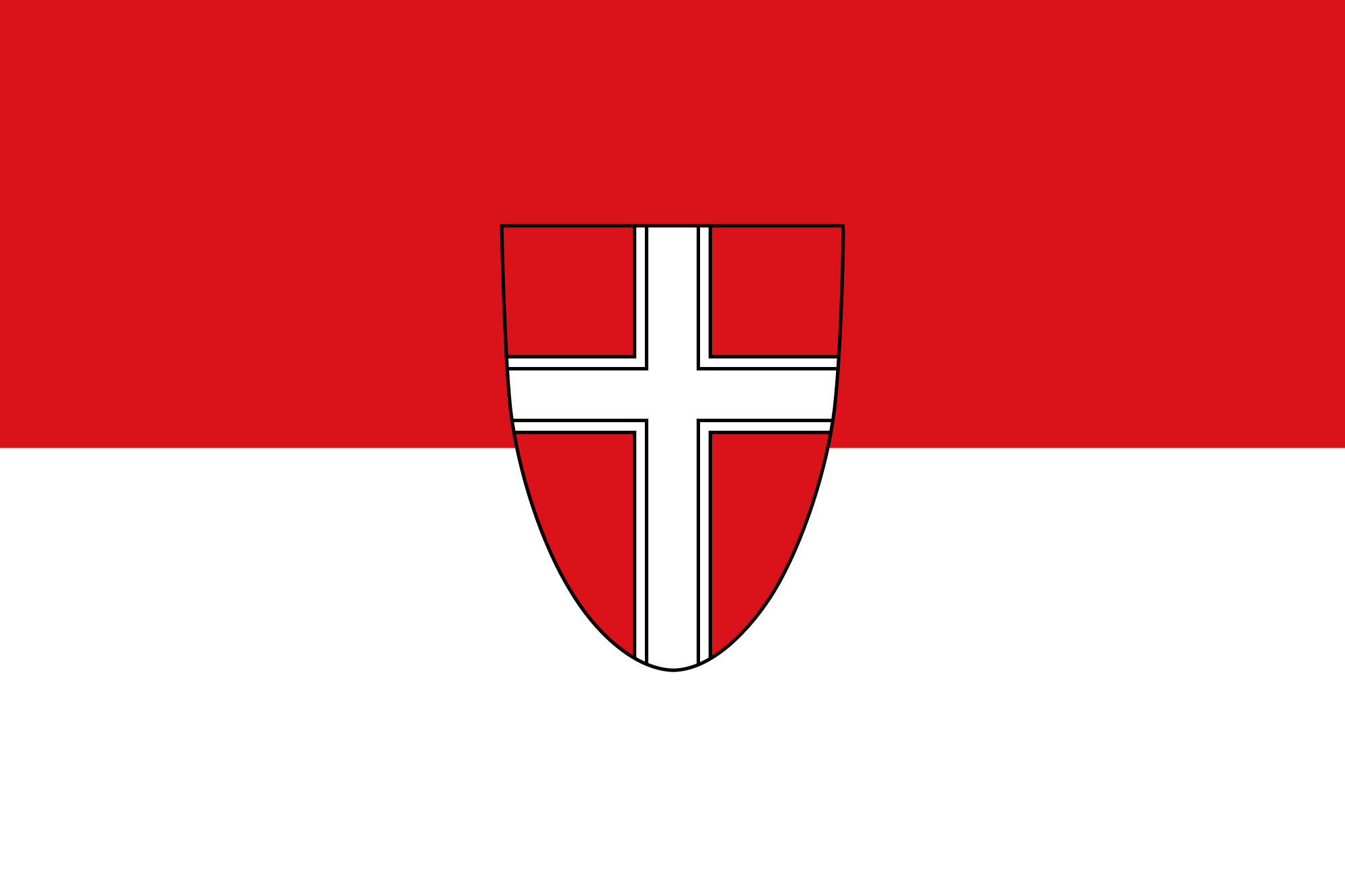 Wien
Wien
 Xavier Bettel
Xavier Bettel

 Belgien
Belgien
 Brasilien
Brasilien
 Dänemark
Dänemark
 Deutschland
Deutschland
 European Southern Observatory
European Southern Observatory
 Finnland
Finnland
 Frankreich
Frankreich
 Italien
Italien



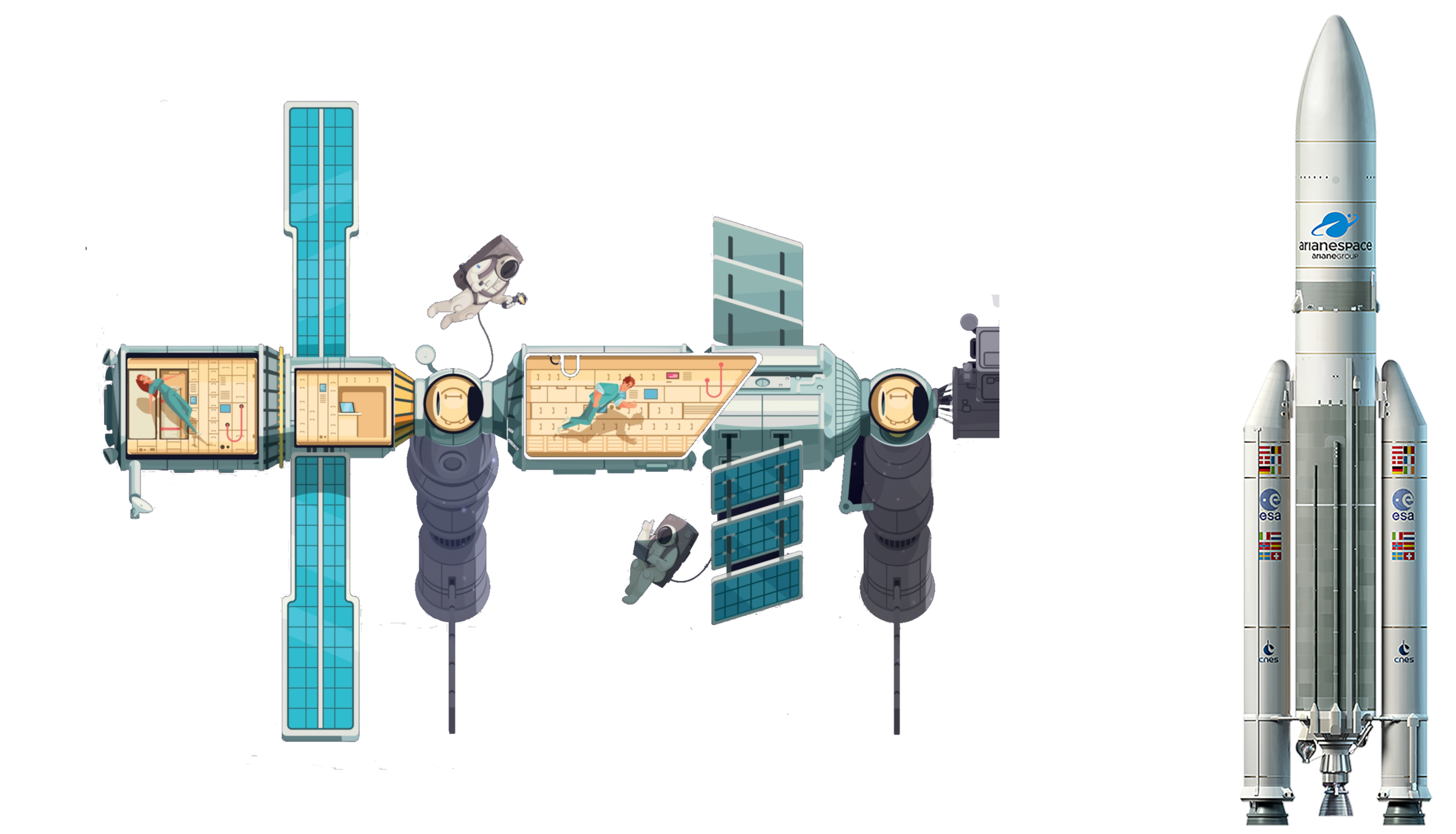 Luft- und Raumfahrt
Luft- und Raumfahrt
 Niederlande
Niederlande
 Österreich
Österreich
 Portugal
Portugal
 Schweden
Schweden
 Schweiz
Schweiz
 Spanien
Spanien
 Tschechien
Tschechien
 Vereinigtes Königreich
Vereinigtes Königreich

 Wissenschaft und Technik
Wissenschaft und Technik
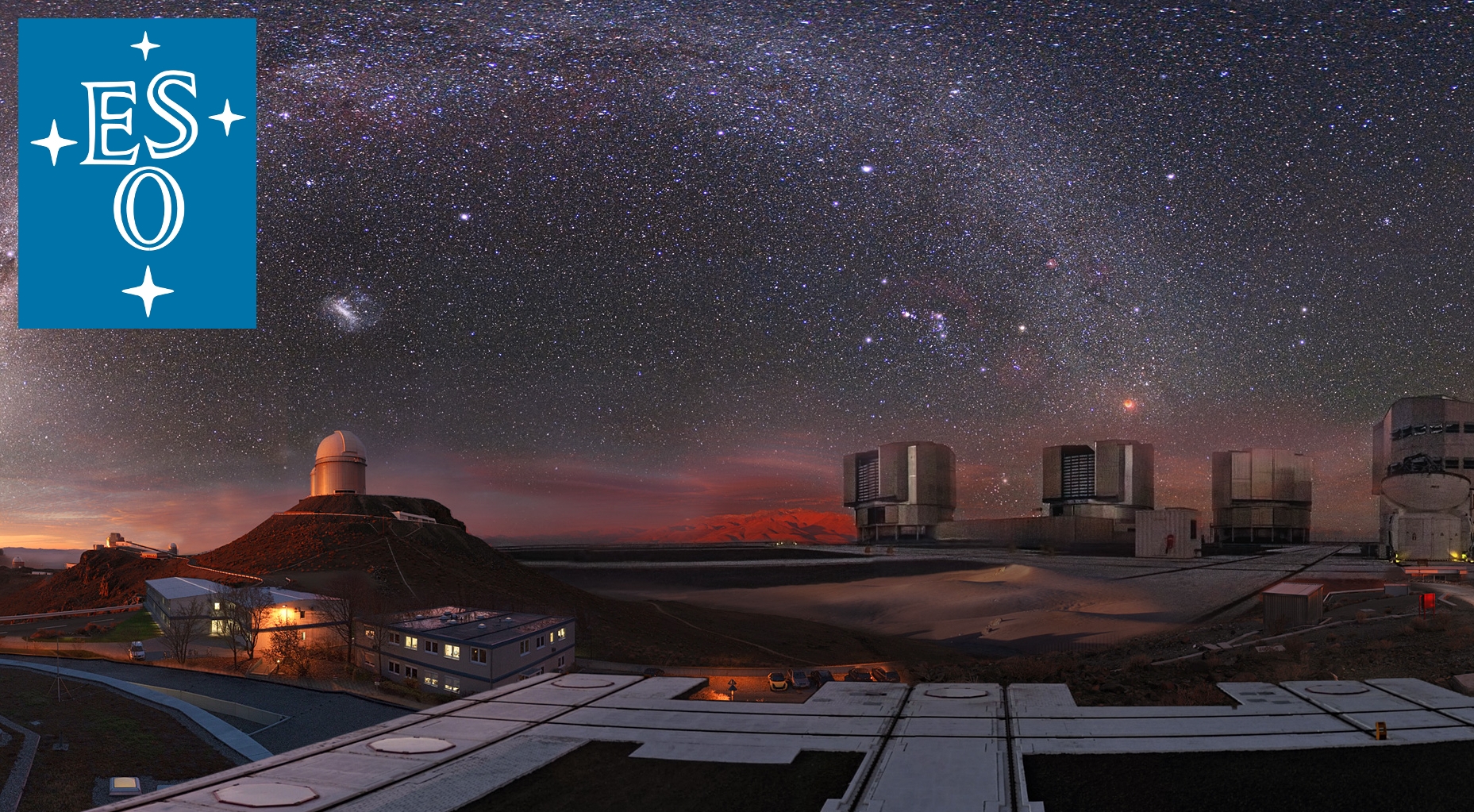
欧洲南方天文台 (The European Southern Observatory,ESO) 是为在南半球研究天文学,在政府间组织的一个研究机构,由15个国家组成和支援的一个天文研究组织。它成立于1962年,目的是为欧洲的天文学家提供先进的设施和捷径以研究南方的天空。这个组织的总部设在德国慕尼黑附近的加兴,雇用了约700名工作人员,每年并接受成员国约135亿欧元的经费[1]。
欧洲南方天文台建设和经营一些已知规模最大和技术最先进的望远镜,包括首创主动光学技术的新技术望远镜、和由4个8米等级的望远镜和4个1.8米辅助望远镜组成的甚大望远镜。目前由ESO进行的计划包括亚他加马大型毫米波阵列和欧洲极大望远镜。
ALMA是下一个十年最大的地面天文专案,将成为在毫米与次毫米波尺度下观测的主要新工具。他的建设正在进行中,预计于2013年完成。ALMA专案是欧洲各国、亚洲、北美洲和智利之间的国际合作计划。欧洲的执行权由ESO代表行使,并且还主持ALMA区域中心[2]。
E-ELT是40米等级的望远镜,目前还在细部设计阶段,将是世界上观测天空最大的巨眼。 欧洲极大望远镜,它将极有力的推动天文物理学的知识,能够仔细研究的天体,包括围绕着其它恒星的行星、宇宙中的第一个天体、超大质量黑洞、和主宰宇宙的暗 物质与暗能量的自然本质和分布。从2005年底,ESO就一直与工作和使用社群的欧洲天文学家和天文物理学家共同来定义此新的聚型望远镜[3]。
ESO的观测机构已经作出许多重大的天文发现和一些天体目录[4]。最近的研究结果包括发现最遥远的伽玛射线暴和我们的星系,银河系,中心有黑洞的证据。在2004年,甚大望远镜让天文学家获得第一张在173光年外环绕着的棕矮星的系外行星2M1207b轨道的绝佳影像。安装在ESO另一架望远镜上的仪器,高精度径向速度行星搜索器发现许多的系外行星,包括迄今发现最小的系外行星格利泽581c。甚大望远镜还发现了迄今距离人类最遥远星系的候选者阿贝尔1835 IR1916。
Die Europäische Organisation für astronomische Forschung in der südlichen Hemisphäre (englisch European Organisation for Astronomical Research in the Southern Hemisphere) oder in der Kurzform Europäische Südsternwarte (engl. European Southern Observatory, ESO) ist ein europäisches Forschungsinstitut, das Teleskope in Chile betreibt.
Die vielen Beobachtungseinrichtungen der ESO verhalfen der Astronomie zu zahlreichen Entdeckungen und produzierten einige astronomische Kataloge.
Unter anderen wurden an ESO-Observatorien der bis heute am weitesten entfernte Gammablitz beobachtet sowie Beweise für die Existenz eines Schwarzen Lochs im Zentrum unserer Milchstraße gefunden.
Die Zunahme der Expansionsgeschwindigkeit des Universums konnte basierend auf Beobachtungen weit entfernter Supernovae mit den Teleskopen auf La Silla gezeigt werden.[2]
Das Very Large Telescope (VLT, deutsch sehr großes Teleskop) konnte zum ersten Mal Kohlenmonoxid-Moleküle in einer Galaxie in einer Entfernung von etwa elf Milliarden Lichtjahren analysieren. Dies ermöglichte die Erlangung der präzisesten Messergebnisse der Temperatur für eine derart entfernte Epoche.[3]
Ebenso mit dem VLT konnten Astronomen das größte gemessene Alter eines Sterns in unserer Milchstraße bestimmen. Mit seinen 13,2 Milliarden Jahren wurde der Stern in einer der frühesten Phasen der Sternentstehung im Universum geboren.[4]
2004 konnte mit Hilfe des VLT das erste Bild eines extrasolaren Planeten (2M1207 b) aufgenommen werden. Seither konnten mit dem Spektrografen HARPS viele weitere extrasolare Planeten aufgespürt werden.
Nach in Summe über 1000 Beobachtungsnächten auf La Silla, die sich über 15 Jahre hin erstreckten, konnten die Bewegungsmuster von mehr als 14.000 sonnenähnlichen Sternen in Nachbarschaft der Sonne bestimmt werden. Es konnte somit gezeigt werden, dass unsere Heimatgalaxie ein turbulenteres und chaotischeres Leben durchmachte als zuvor angenommen wurde.[5]
ヨーロッパ南天天文台(ヨーロッパなんてんてんもんだい、European Southern Observatory、略称:ESO)は、ヨーロッパ14ヶ国およびブラジルが共同で運営する天文観測施設である。1964年に設立された。チリにある天文台を運営している。本部はミュンヘン近郊のGarchingにある。ラ・シヤ天文台(La Silla Observatory)、パラナル天文台(Paranal Observatory)、チャナントール天文台(Llano de Chajnantor Observatory)がおもな施設である。
The European Southern Observatory (ESO), formally the European Organisation for Astronomical Research in the Southern Hemisphere[2], is a 16-nation intergovernmental research organization for ground-based astronomy. Created in 1962, ESO has provided astronomers with state-of-the-art research facilities and access to the southern sky. The organisation employs about 730 staff members and receives annual member state contributions of approximately €162 million.[3] Its observatories are located in northern Chile.
ESO has built and operated some of the largest and most technologically advanced telescopes. These include the 3.6 m New Technology Telescope, an early pioneer in the use of active optics, and the Very Large Telescope (VLT), which consists of four individual 8.2 m telescopes and four smaller auxiliary telescopes which can all work together or separately. The Atacama Large Millimeter Array observes the universe in the millimetre and submillimetre wavelength ranges, and is the world's largest ground-based astronomy project to date. It was completed in March 2013 in an international collaboration by Europe (represented by ESO), North America, East Asia and Chile.[4][5]
Currently under construction is the Extremely Large Telescope. It will use a 39.3-metre-diameter segmented mirror, and become the world's largest optical reflecting telescope when operational in 2024. Its light-gathering power will allow detailed studies of planets around other stars, the first objects in the universe, supermassive black holes, and the nature and distribution of the dark matter and dark energy which dominate the universe.
ESO's observing facilities have made astronomical discoveries and produced several astronomical catalogues.[6] Its findings include the discovery of the most distant gamma-ray burst and evidence for a black hole at the centre of the Milky Way.[7][8] In 2004, the VLT allowed astronomers to obtain the first picture of an extrasolar planet (2M1207b) orbiting a brown dwarf 173 light-years away.[9] The High Accuracy Radial Velocity Planet Searcher (HARPS) instrument installed on the older ESO 3.6 m telescope led to the discovery of extrasolar planets, including Gliese 581c—one of the smallest planets seen outside the solar system.[10]
L’Observatoire européen austral (en anglais, European Southern Observatory : ESO), officiellement nommé l'Organisation européenne pour des observations astronomiques dans l’hémisphère austral1 (European Organisation for Astronomical Research in the Southern Hemisphere), est une organisation intergouvernementale pour l’astronomie fondée en 1962 par cinq pays européens, afin de créer un observatoire astronomique de pointe au sol dans l'hémisphère austral à disposition des astronomes.
L'ESO est l'acteur principal de l'astronomie observationnelle européenne. Il possède des télescopes allant de 2,2 à 8,20 mètres de diamètre, un parc d'une vingtaine d'instruments, dont 15 à Paranal, permettant des observations en imagerie, photométrie, spectroscopie, interférométrie dans à peu près toutes les longueurs d'onde allant du proche ultraviolet à l'infrarouge thermique (vers 20 microns). L'organisation possède également un système complet d'archivage des données, en partenariat avec l'agence de coordination entre l'Europe et le télescope spatial Hubble.
Son siège se trouve à Garching bei München près de Munich en Allemagne ; il dispose de bureaux au Chili à Vitacura dans la capitale Santiago du Chili. En 2018, l'organisation compte 16 états membres et trois sites d'observations, tous au Chili : l'Observatoire de La Silla, l'Observatoire du Cerro Paranal, où se trouve le Very Large Telescope, et l'Observatoire du Llano de Chajnantor.
L’Osservatorio Europeo Australe (ESO, dall'inglese European Southern Observatory, formalmente Organizzazione europea per la ricerca astronomica nell'emisfero australe) è un'organizzazione astronomica internazionale, di cui a settembre 2018 fanno parte sedici nazioni.[1] Creata nel 1962, l'ESO fornisce agli astronomi strumenti all'avanguardia e un accesso al cielo australe. L'organizzazione impiega circa 730 persone e riceve contributi annui di circa 143 milioni di Euro da parte degli Stati membri.[2]
ESO ha costruito e gestito alcuni dei più grandi e più avanzati telescopi del mondo, come il New Technology Telescope (NTT), il telescopio che lanciò la tecnologia dell'ottica attiva e il VLT (Very Large Telescope), composto da quattro telescopi principali (UT) con specchi primari di 8,2 metri di diametro e quattro telescopi ausiliari mobili (in inglese, Auxiliary Telescope, AT) di 1,8 metri di diametro. Ultimo progetto sviluppato da ESO è l'Atacama Large Millimeter Array (ALMA), mentre in fase di sviluppo si trova l'European Extremely Large Telescope (E-ELT).
Atacama Large Millimeter Array (ALMA) è un osservatorio rivoluzionario per l'osservazione dell'universo nelle radiazioni millimetriche/submillimetriche ed è attualmente il più grande progetto astronomico da terra. La sua costruzione è stata completata nel 2013. Il progetto ALMA è una collaborazione internazionale tra l'Europa (rappresentata da ESO), il sud est asiatico, l'America del Nord e la Repubblica del Cile.[3][4]
Uno dei più ambiziosi progetti di ESO è l'E-ELT (che sta per European Extremely Large Telescope), un telescopio di 39 metri di diametro, basato su un design innovativo con 5 specchi. Una volta costruito l'E-ELT sarà il più grande telescopio ottico/infrarosso al mondo. ESO ha cominciato la fase di design di questo telescopio all'inizio del 2006, con lo scopo di essere pronti a costruirlo nel 2014.[5] L'E-ELT dovrebbe essere pronto nel 2025. La grande capacità di accumulare la luce dell'E-ELT permetterà studi dettagliati di pianeti attorno ad altre stelle, dei primi oggetti dell'universo, di buchi neri supermassicci e della natura e della distribuzione della materia e dell'energia oscura che dominano l'universo.
I numerosi strumenti di osservazione di ESO hanno permesso molte scoperte astronomiche e prodotto diversi cataloghi astronomici.[6] Tra le più recenti scoperte: il più distante lampo gamma e il buco nero al centro della nostra galassia, la Via Lattea.[7][8] Nel 2004 il VLT ha dato agli astronomi la possibilità di ottenere la prima foto di un pianeta extra-solare, 2M1207b, che orbita attorno ad una nana bruna distante 173 anni-luce.[9] Lo spettrografo HARPS ha permesso la scoperta di molti altri pianeti extra-solari, incluso un pianeta 5 volte più pesante della Terra che orbita attorno ad una nana rossa, chiamato Gliese 581c.[10] Il VLT ha anche scoperto la galassia più lontana mai vista dall'uomo, Abell 1835 IR1916.
La Organización Europea para la Investigación Astronómica en el Hemisferio Austral (en inglés European Organisation for Astronomical Research in the Southern Hemisphere o European Southern Observatory), más conocida como el Observatorio Europeo Austral o Del Sur es una organización astronómica intergubernamental creada en el año 1962, dedicada a la astrofísica y al desarrollo y operación de telescopios en la Zona Norte de Chile.
Sus oficinas centrales están en Garching, cerca de Múnich, Alemania, y además cuenta con una oficina en Santiago, Chile.
Uno de los proyectos más destacados del ESO es el Telescopio Europeo Extremadamente Grande, la propuesta para la nueva generación de telescopios ópticos terrestres.
Европейская южная обсерватория, (англ. ESO, European Southern Observatory, официальное название — Европейская организация астрономических исследований в Южном полушарии) — международная исследовательская организация, членами которой являются 15 европейских государств и Бразилия.
Идея создания объединённой европейской обсерватории появилась в Лейденской обсерватории в Нидерландах весной 1953 года у Вальтера Бааде и Яна Оорта. 21 июня того же года Оорт собрал группу астрономов в Лейдене, чтобы обсудить возможность её создания. Позднее этот вопрос был поднят на Гронингской конференции, также проводившейся в Нидерландах. 26 января 1954 года декларация ESO была подписана ведущими астрономами шести европейских стран за создание совместной европейской обсерватории в южном полушарии.[1]
Выбор южного полушария был обоснован тем, что все крупные рефлекторные телескопы на тот момент находились в северном полушарии. Кроме того, многие объекты, такие как центральная часть Млечного Пути и Магеллановы облака, доступны только из южного полушария. Изначально планировалось, что телескопы будут располагаться в Южной Африке, однако в ходе наблюдений выяснилось, что условия в Южных Андах более предпочтительны, и 15 ноября 1963 года местом расположения обсерватории была выбрана Республика Чили.[2]
До принятия этого решения 5 октября 1962 года Бельгией, Германией, Францией, Нидерландами и Швецией была подписана Конвенция ESO, а на должность генерального директора был назначен Отто Хекман.
Первые телескопы ESO, расположенные в Ла-Силье, начали работать в 1966 году.[1] В 1980 году штаб-квартира европейского департамента ESO была перенесена в Гархинг под Мюнхеном, Германия.














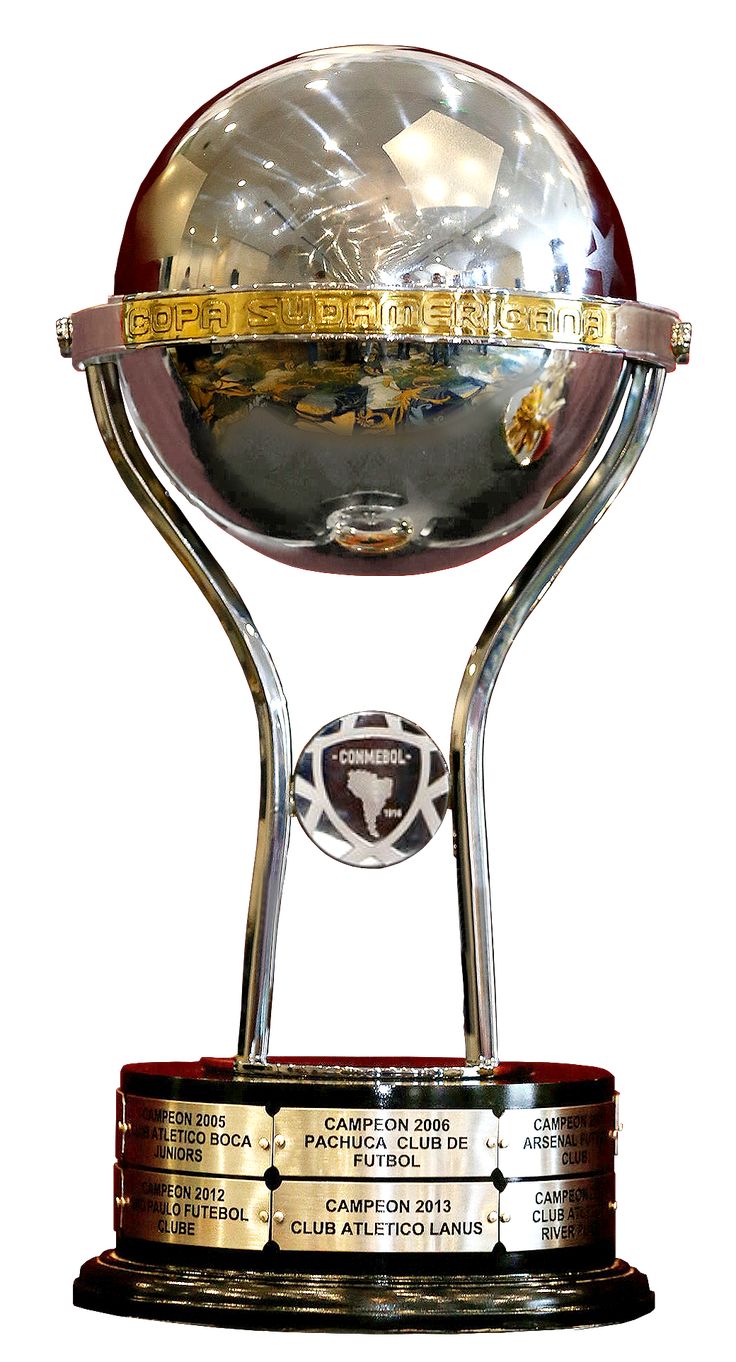

黑豆饭(Feijoada)说是饭,其实和我们日常吃的大米饭决然不同。它的做法是由巴西黑豆加咸肉、香肠、猪蹄、猪口条、猪尾巴、猪耳朵、猪排骨、烟熏 干肉,一同放入巴西泥锅经小火焖炖而成,就着米饭、切成细条状的甘兰菜(Coure)、奶油木薯面(farinha)和切片的柳橙(Laranja)食 用。巴西人极其热爱豆饭,如果一家巴西人用豆饭招待你,那证明他们已经把你当作其家人了。按当地民俗,每周六都是“豆饭日”,传统家庭都要做豆饭,所有本国口 味的餐厅也必须出售豆饭。这个习俗源自殖民时代的黑奴,他们平时吃不上肉,只有周六被允许吃庄园主周五晚上狂欢剩下的残肉碎骨,所以每到周六,黑奴们便支 起锅来做“乱炖”。如今的黑豆饭(也叫奴隶饭)颇有忆苦思甜之意。在巴西人家里,只有非常尊贵的客人才能享受到主人的黑豆饭。(Quelle:http://travel.163.com)



 Australien
Australien
 Belgien
Belgien
 Brasilien
Brasilien
 Deutschland
Deutschland
 Finnland
Finnland
 Frankreich
Frankreich
 Iran
Iran
 Israel
Israel
 Italien
Italien
 Japan
Japan
 Kanada
Kanada
 Neuseeland
Neuseeland
 Norwegen
Norwegen
 Österreich
Österreich
 Russland
Russland
 Schweden
Schweden
 Vereinigte Staaten
Vereinigte Staaten
 Vereinigtes Königreich
Vereinigtes Königreich
 Vietnam
Vietnam

 Wissenschaft und Technik
Wissenschaft und Technik
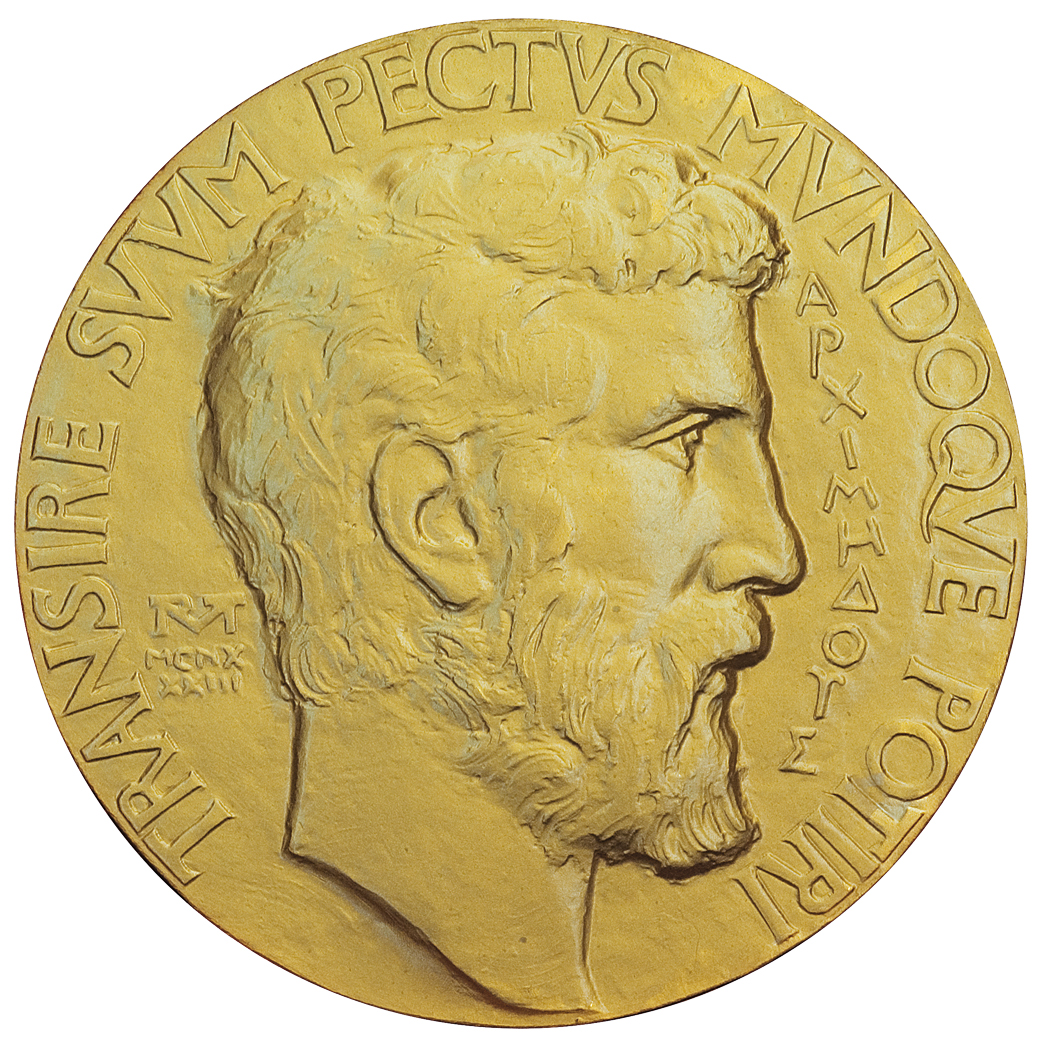
菲尔兹奖(英语:Fields Medal),正式名称为国际杰出数学发现奖(英语:International Medals for Outstanding Discoveries in Mathematics),是一个在国际数学联盟的国际数学家大会上颁发的奖项。每四年评选2-4名有卓越贡献且年龄不超过40岁的数学家。得奖者须在该年元旦前未满四十岁。
奖项以加拿大数学家约翰·查尔斯·菲尔兹的名字命名。菲尔兹筹备设立该奖,并在遗嘱中捐出47,000元给奖项基金。
菲尔兹奖被认为是年轻数学家的最高荣誉,和阿贝尔奖均被称为数学界的诺贝尔奖。奖金有15,000加拿大元,约合13,767美元。而阿贝尔奖的奖金有600万瑞典克朗,约合100万美元,更接近诺贝尔奖。
Die Fields-Medaille, offizieller Name International Medal for Outstanding Discoveries in Mathematics (deutsch: „Internationale Medaille für herausragende Entdeckungen in der Mathematik“), ist eine der höchsten Auszeichnungen, die ein Mathematiker erhalten kann. Sie ist benannt nach ihrem Stifter, dem kanadischen Mathematiker John Charles Fields (1864–1932), und wurde das erste Mal 1936 vergeben. Seit 1950 wird sie alle vier Jahre von der Internationalen Mathematischen Union (IMU) anlässlich des Internationalen Mathematikerkongresses (ICM) an zwei bis vier Mathematiker verliehen, die jünger als 40 Jahre sind und sich in besonderer Weise auf dem Gebiet der mathematischen Forschung hervorgetan haben (so formell definiert seit 1966). Mit der Verleihung ist ein Preisgeld von 15.000 kanadischen Dollar verbunden. Beim ICM werden gleichzeitig drei weitere Preise verliehen: der Carl-Friedrich-Gauß-Preis für Beiträge zur angewandten Mathematik, die IMU-Abakus-Medaille für Beiträge zur theoretischen Informatik und die Chern-Medaille für herausragendes Lebenswerk auf höchstem Niveau.


 Hand in Hand
Hand in Hand
 Astronomie
Astronomie

 Architektur
Architektur
 Sport
Sport
 Essen und Trinken
Essen und Trinken
 Transport und Verkehr
Transport und Verkehr
 Bildung und Forschung
Bildung und Forschung